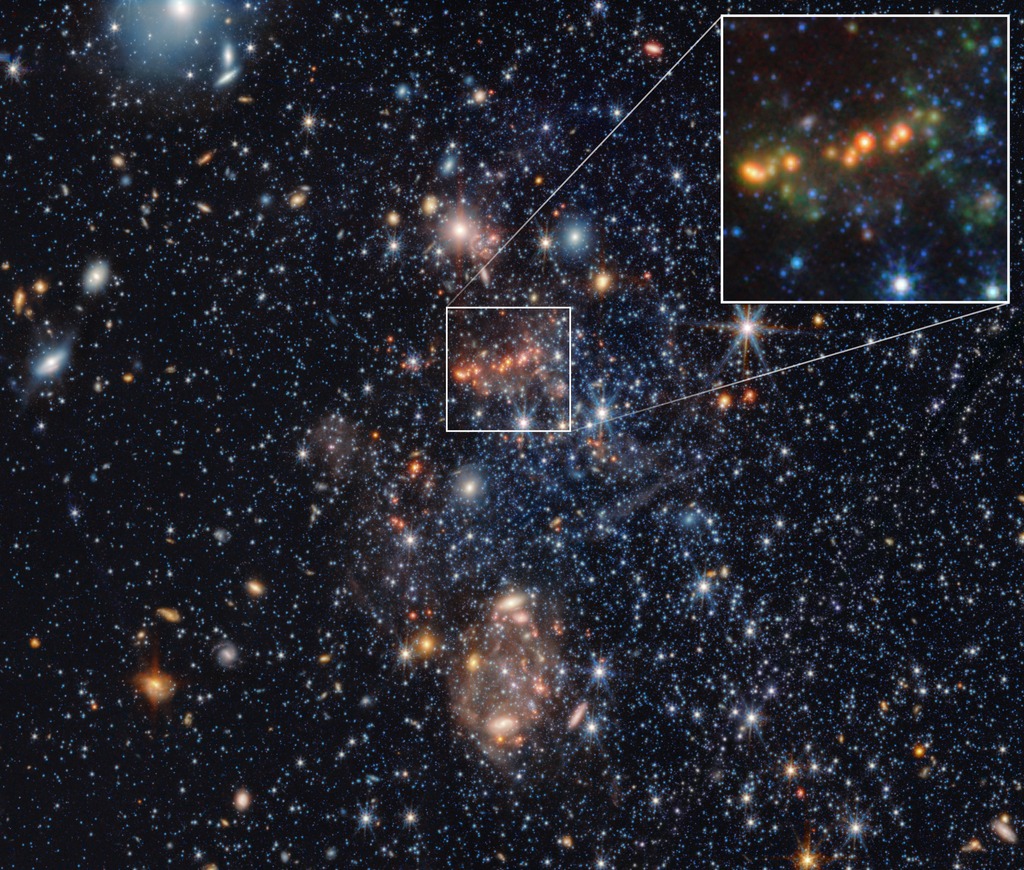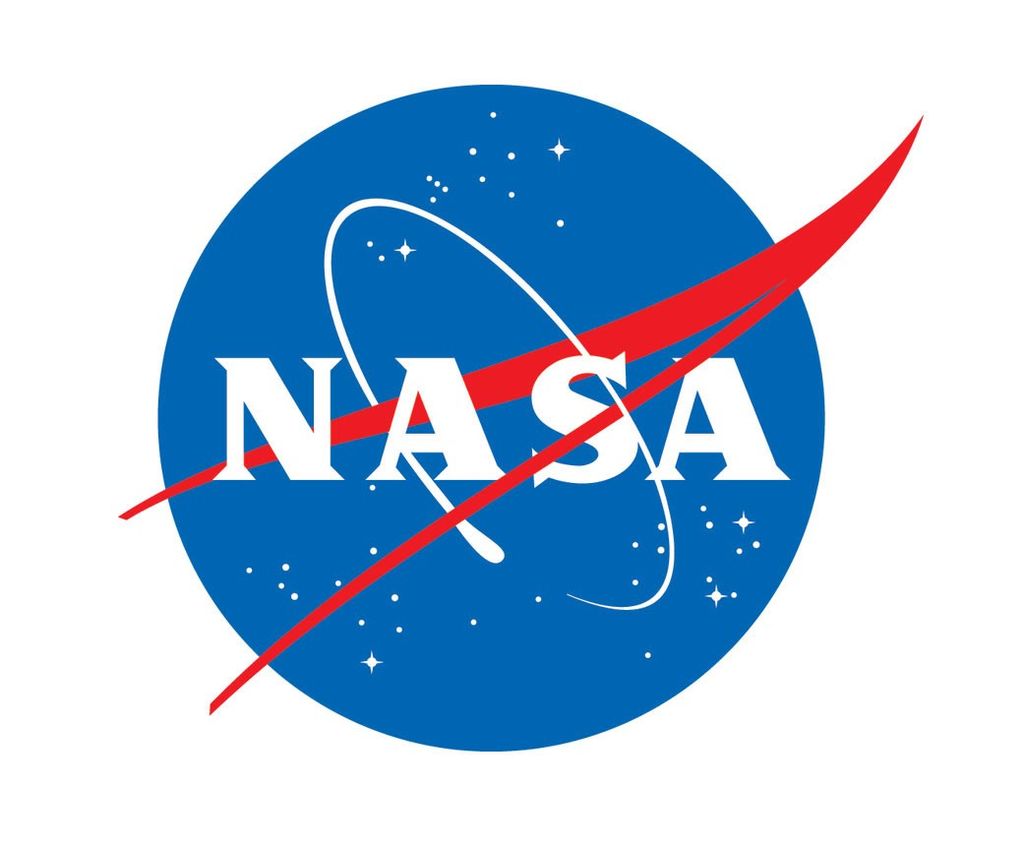The Near Space Network provides vital communications and navigation services for missions operating up to 1.25 million miles — or two million kilometers — from Earth’s surface. As a key component of NASA’s SCaN (Space Communications and Navigation) Program, the Near Space Network enables spacecraft to transmit critical data to mission operators on Earth. Utilizing space relay systems and a global network of government and commercial direct-to-Earth (DTE) antennas, the network successfully downlinks terabytes of data each day.
The NSN provides telemetry, commanding, ground-based tracking, data and communications services to a wide The network’s services include telemetry, commanding, ground-based tracking, data, and communications to a wide range of customers with satellites in:
- Low Earth orbit
- Geosynchronous orbit
- Highly elliptical orbit
- Lunar orbit
- Sun – Earth LaGrange 1 & 2
The network’s assets provide continuous global coverage to NASA missions in low Earth orbit and government and commercial spacecraft during their launch and ascent phase. Support is also provided to in-range missions operating in highly elliptical orbit.
The Near Space Network is managed and operated by NASA’s Goddard Space Flight Center in Greenbelt, Maryland.
Our Mission
The Near Space Network simplifies the process for mission teams seeking communications and navigation services. Rather than independently sourcing service providers, missions can engage directly with the network, collaborate with mission managers to refine requirements, and access a tailored portfolio of government and commercial solutions.
By leveraging the diverse capabilities of its providers and serving as a central negotiating body, the network ensures mission teams benefit from both industry innovation and NASA’s longstanding expertise in space communications. The result is a reliable, efficient, and scalable communications infrastructure that aligns with SCaN’s goals and supports NASA’s commitment to scientific discovery and human exploration.
Network Services
The Near Space Network is evolving its service offerings while fostering the growth of the commercial communications marketplace. By integrating new commercial assets into its network infrastructure, SCaN’s networks will deliver faster, more flexible, and more resilient services to support both current NASA missions and future exploration efforts.
Tracking and Data Relay Satellites (TDRS)
The Tracking and Data Relay Satellite system, or TDRS, is a constellation of geosynchronous satellites over the Atlantic, Pacific, and Indian Oceans. The TDRS system operates 24 hours a day, seven days a week, 365 days per year.
For more than 40 years, TDRS has provided near-continuous, high-bandwidth data relay services to over 25 missions, including the Hubble Space Telescope and the International Space Station. As the constellation approaches the end of its operational life, the TDRS fleet continues to support legacy missions and provides a historic foundation for the enhanced scalability, flexibility, and innovation NASA supports through its industry partnerships.
Near Space Network Services Contract
To meet the growing demands of the aerospace sector and increase downlink opportunities, the network is incorporating additional commercial providers. This expansion will strengthen and support the network’s capabilities for both current and future NASA missions.
In February 2023, NASA issued a Request for Proposals aimed at enhancing industry participation in the Near Space Network. Through the Near Space Network Services (NSNS) contract, NASA seeks to leverage commercial capabilities to support the agency’s evolving scientific and exploration objectives.
The solicitation is divided into two categories.
Category 1: Direct-to-Earth service providers, enabling spacecraft to communicate directly with Earth-based antennas.
The following companies were selected to provide commercial DTE communication services—an essential capability for near space missions:
- Intuitive Machines, LLC (Houston, Texas)
- Kongsberg Satellite Services (Tromsø, Norway)
- Swedish Space Corporation (SSC) Space U.S. Inc. (Horsham, Pennsylvania)
- Viasat, Inc. (Duluth, Georgia)
Category 2: Near Space Relay service providers, allowing spacecraft to maintain communication without the need for a direct line of sight to Earth-based infrastructure.
Intuitive Machines (Houston, Texas) was awarded a contract to develop lunar relay capabilities. These relays are expected to play a critical role in providing reliable communications and navigation services for Moon-based missions, particularly those under NASA’s Artemis initiative.
Both DTE and relay service modes are instrumental in ensuring the timely and secure transmission of data, enabling mission teams to explore and better understand Earth, the Moon, and beyond.
Provider Validation Process
Each awarded company will undergo a multi-phase provider validation process in coordination with NASA before delivering operational services.
These phases include:
- Provider Validation: Certification to confirm that each provider meets NSN requirements.
- Transition to Operations: Integration of validated providers into the broader Near Space Network infrastructure.
- Operational Phase: Authorized commercial providers deliver services to users as part of the operational network.
Upon successful completion of this process, each provider will be fully certified to deliver services under the Near Space Network Services contract. These comprehensive standards ensure its customers—NASA, national and international partner agencies, and commercial spacecraft—continue to benefit from communications advancements and over six decades of space communications and navigation expertise.
































